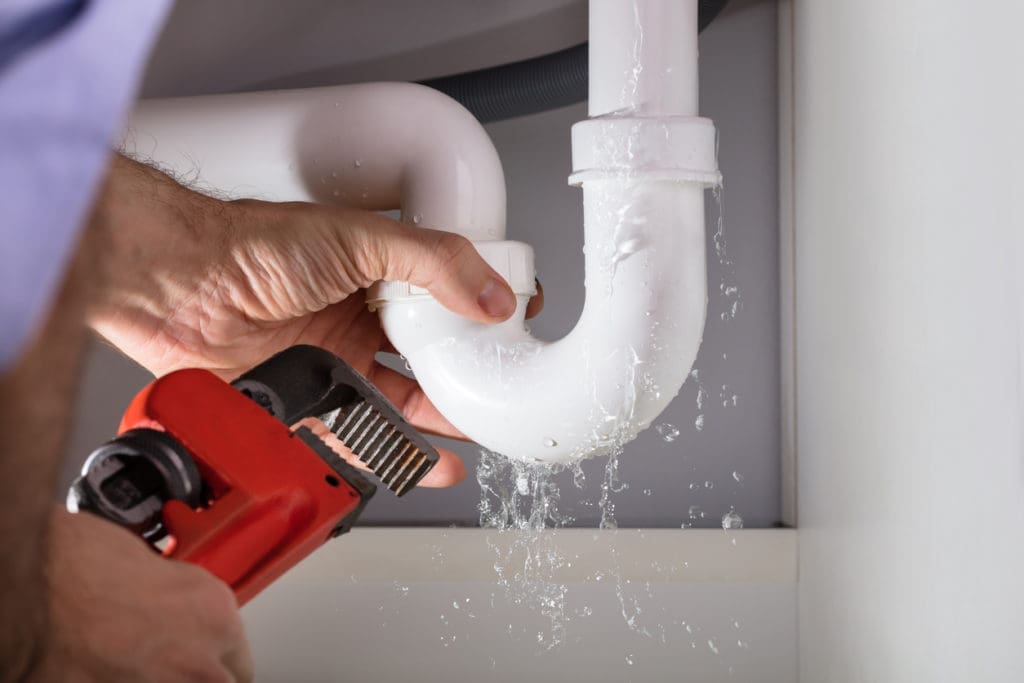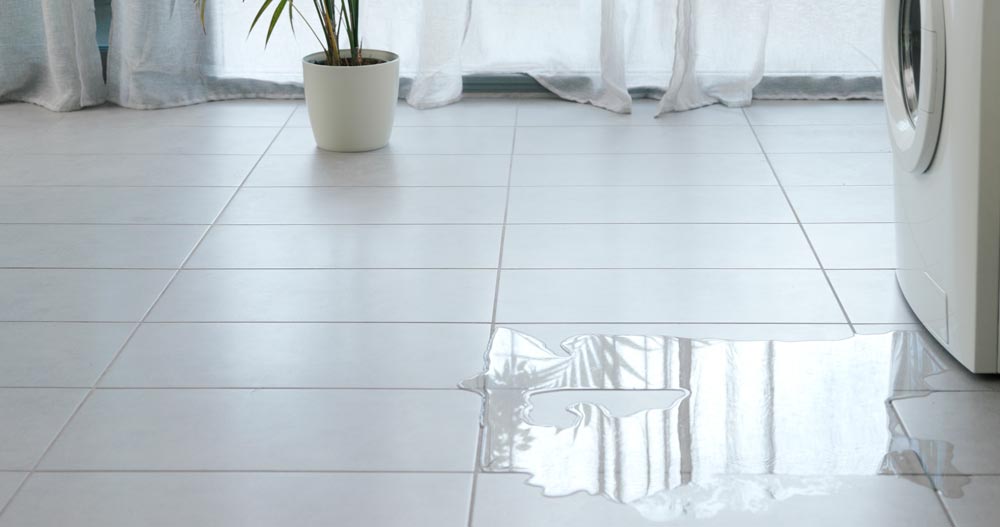Bathroom Water Leaks: Understanding Spotting and Fixing Methods
Bathroom Water Leaks: Understanding Spotting and Fixing Methods
Blog Article
Have you been on the lookout for help on How to Check for Bathroom Leaks?

Washroom leaks are irritating as they disrupt your day's strategy. They vary in intensity depending on the resource of the leakage. You have to prioritize them, as they can quickly get worse. So, it is a relief that the majority of washroom leakages are simple to identify and take care of, with marginal expense effects.
Having a water leakage in shower room can be difficult to the house owner. The post serves as a "very first help" when you require an emergency situation reaction to a water leak in restroom.
Detection as well as Fixing of Water Leakage in Washroom
Water leakage in washroom typically results from pipes as well as pipe faults. You may require a fundamental understanding of these leak types to spot the water leak in bathroom.
Clogged Washroom Sinks
Sometimes, the water leakage in washroom results from sink blockages. This is often a problem to homeowners and also may be undesirable. Clogs might result from the build-up of soap scum, hair fragments, or debris that obstruct the drain. It is very easy to handle obstructions, and also you may not require professional skills.
What to Do
You can use a drainpipe snake to eliminate the particles in the drain as well as allow the stagnant water circulation. Drain cleansers are additionally available in stores as well as are easy to use. A bettor is also practical in clearing your drain. It is an usual home device and also comes in helpful in getting rid of bothersome obstructions in sinks and drains.
Bathroom Leaks
Occasionally, water leakages from the commode and also swimming pools around the commode base. It is an eye sore in the shower room and requires timely interest.
What to Do
You only need to tighten them if there are loosened screws in between the tank as well as toilet. Often you might require to reapply wax on the gasket or call in a bathroom leakage specialist to change damaged or used components.
Sprinkle Leaks
These often arise from water spilling on the shower room flooring from the bath tub. It is a consequence of using a poor shower curtain or worn bathtub lining. It damages the restroom floor as well as may trigger rot to wood floorings as well as shower room doors. The water generally swimming pools around the bath tub or shower. This might cause even worse shower room damages without timely handling.
What to Do
This restroom leakage is the simplest to repair. You only need to change the curtains or recaulk the bath tub or shower. You may need to transform these to avoid further damages if the leak has damaged the bathroom flooring or door. Fortunately is that you can involve a pipes professional to aid with the restroom fixing.
Conclusion
Water leakages in the bathroom are preventable events in the house. When they do, repair them promptly, or involve the solutions of a professional.
The post offers as a "first aid" when you need an emergency situation reaction to a water leak in shower room.
Water leakage in bathroom frequently results from pipes as well as pipeline mistakes. You might require a fundamental knowledge of these leak types to discover the water leakage in shower room. Occasionally, the water leakage in washroom results from sink obstructions. It damages the bathroom floor and may trigger rot to wood floorings and also washroom doors.
5 Ways You Can Tell There's Water Leaking In The Bathroom
Mold and mildew
The presence of mold or mildew is a big indicator of a water leak. It's not unordinary to see mold or mildew in parts of your bathroom where water accumulates, like showers and sinks, but it's a problem if you notice it growing in other places. Mold grows in places that are moist and dark so it can point you to hidden water leaks.
Read More: https://www.housedigest.com/927314/ways-you-can-tell-theres-water-leaking-in-the-bathroom/If you notice mold or mildew growing on bathroom walls, floors, or ceilings you should be concerned. Other than pointing you in the direction of a potential leaky pipe behind your walls or under your floors, mold is dangerous to your health, according to The Waterworks. Mold can cause an allergic reaction with symptoms like watery eyes, runny noses, sneezing, headaches, and difficulty breathing. Since mold is not only unsightly to look at, but a health hazard it's important to take care of the leak as soon as possible so the mold can be cleaned before it spreads.
Read More: https://www.housedigest.com/927314/ways-you-can-tell-theres-water-leaking-in-the-bathroom/Damaged walls or floors
Unexplainable damage to your bathroom walls and floors is another sign of water leaking. If drywall gets wet it will crumble, bubble, and even warp or break apart. Before you notice your drywall deteriorating you may see the paint blistering or chipping off the wall. Or if you have wallpaper, it will begin to peel off when wet and show water stains.
Read More: https://www.housedigest.com/927314/ways-you-can-tell-theres-water-leaking-in-the-bathroom/Unstable toilet
When you sit on your toilet does it wobble? If it is unstable your toilet potentially has a flange leak, according to The Pink Plumber. Toilets are supposed to sit stable on the bathroom floor and should never be able to be moved around. There are screws that keep the toilet secured down to the floor and a wax ring that connects the toilet to the waste pipe. The wax ring creates a water-tight seal so nothing leaks when water and waste are moving through the toilet. If the wax seal is damaged or worn down it will no longer provide the proper seal, causing a flange leak and allowing wastewater to seep out.
Read More: https://www.housedigest.com/927314/ways-you-can-tell-theres-water-leaking-in-the-bathroom/Wet bathroom cabinets
Wet bathroom cabinets are a sure-fire way to tell if you have a water leak in your bathroom. When your cabinets are wet it is likely because of leaks from sink faucet or water supply lines. You will know that your cabinets are damp if you see any water stains inside the cabinets. If it is a leak from a water supply line The Pink Plumber explains that you will see water dripping out from the connectors or even puddles in the cabinets.
Read More: https://www.housedigest.com/927314/ways-you-can-tell-theres-water-leaking-in-the-bathroom/https://www.housedigest.com/927314/ways-you-can-tell-theres-water-leaking-in-the-bathroom/

I was brought to that editorial on Tips For Water Leak Detection In Bathroom from a friend on another web address. So long as you enjoyed reading our blog post kindly do not forget to share it. I enjoy reading our article about How to Detect and Fix a Bathroom Leak.
Reliable help? Dial. Report this page